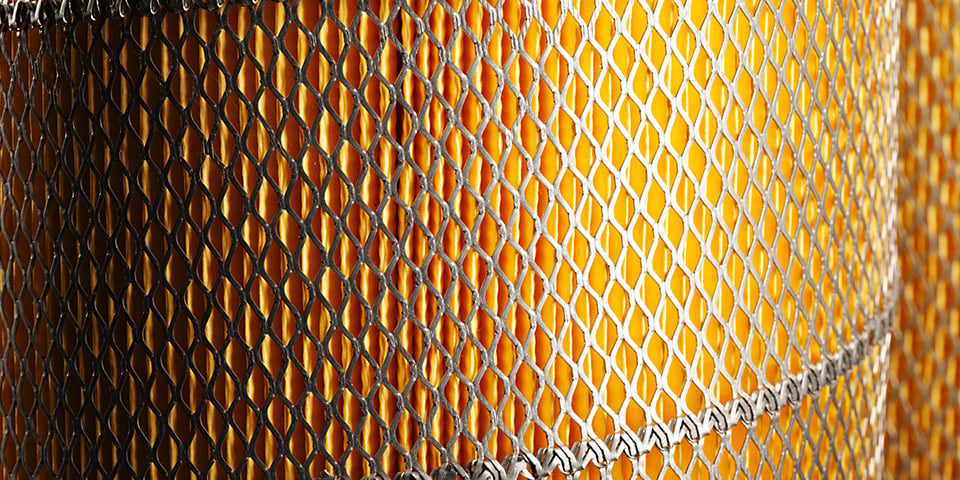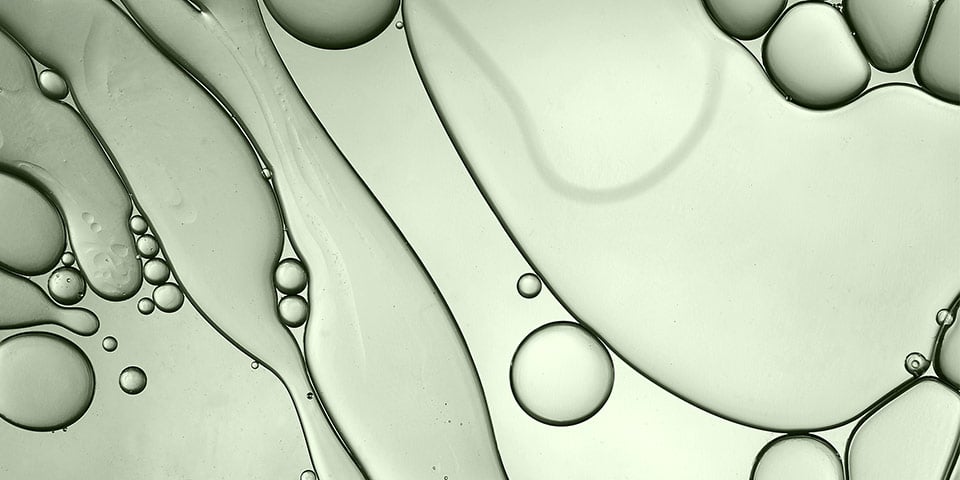Comparing Technologies for Lube Oil Cleaning
Lube oil cleaning has proven to deliver considerable cost savings. But how do you decide on the best technology – the one that offers the best efficiency and least overall cost – for your application? Here we compare the three most common options: centrifugation, filtration and coalescence.
The three technologies in brief
- Centrifugation separates matter of different densities – both water and particles
- Filters use different mesh sizes to capture solids only
- Coalescers remove water from lube oil
Choose the technology that suits your application
In centrifugation, clean oil is directed back into your process while water contamination is continuously discharged. Particles are contained in the separator bowl for later disposal or discharged automatically.
When using filters, the solids are usually captured in a disposable cartridge, which needs replacing regularly. Coalescers can only work if the lube oil is almost particle free. Most often, a coalescer module works with filters so that both solid particles and water are removed in one system.
Lube oil cleaning technologies compared
| Disc stack centrifuge | Filter | Coalescer | |
|---|---|---|---|
| Particles & water separation? | yes | no | no |
| Particle removal | yes | yes, partly | no |
| Free water removed | yes | no | yes |
| Emulsified water removed | limited | no | limited |
| Dissolved water removed | no | no | no |
| Capital cost | high | low | low |
| Operating costs | low | high | high |
| Total cost of ownership | low | high | high |
Lube oil centrifugation
Lube oil centrifugation enables you to discard waste without the need to buy disposables such as filter cartridges. This makes lube oil cleaning more convenient, cost-effective and environment-friendly.
Powerful, productive and cost-effective
- Removes both water and solids in one operation
- Effective cleaning of even small particle sizes
- Minimal maintenance, enabling more process uptime
- Prolongs equipment lifetime
- Low total cost of ownership (TCO)
Lube oil centrifugation uses a centrifugal force 5,000 times stronger than gravity to separate particles of different densities and continually directs cleaned oil back into your process. The water is released while the contaminating solids are stored separately. If your processes result in low amounts of solid waste, you can generally remove it manually. Higher waste amounts are automatically cleaned. Lube oil centrifugation can also handle large cleaning volumes and a temporary high influx of water.
Alfa Laval solid-retaining centrifuge
Alfa Laval self-cleaning centrifuge (total discharge)
Lube oil filters
When considering lube oil filters you need to ask yourself a number of questions. For example, does the process use more than 50 litres of lube oil per hour? How high are the contamination levels? Will lube oil be contaminated with particles and water? Do you have the means to dispose of the filters in the correct way? Do you have a reliable supply chain when you need to replace a lube oil filter?

Easy to operate and install, more costly to maintain
- Relative operating simplicity – few moving parts
- Low capital investment
Lube oil filters use elements of different mesh sizes to capture solid particles. Particles bigger than the mesh are captured and removed from the oil, while the smaller ones remain. When the filter cartridge reaches contamination capacity, you have to remove it and replace it with a new one. You then discard/dispose of the dirty one.
Lube oil filters – the considerations
Although lube oil filters require low capital investment, there are a number of factors that influence their effectiveness which can lead to higher total cost of ownership (TCO).
- No removal of water, so needs to be combined with coalescers or separators
- Disposables lead to higher running costs and the need for responsible disposal in a world with increasingly strict environmental regulation
- Limited performance – only captures solids larger than the mesh size (typically 10-30 µm)
- Captured particles partly pre-released when filter is exposed to pressure shocks at start-up/stop
- Filter needs monitoring/changing regularly to avoid clogging which then allows particles through the bypass valve
- Pressure fluctuations and reduction when filter elements are contaminated
Lube oil coalescers
Filters can't capture large amounts of water or other liquid contamination, so if you use a filter system to clean lube oil, you must have a coalescer module if you need to remove water.

Extra corrosion protection
- Relative operating simplicity – few moving parts
- Low capital investment below a certain capacity
Coalescers add an additional process to filter systems. They work by combining water droplets so they drop out of the oil more readily. They work best with low viscosity oil when the water separates more readily from the lube oil.
Lube oil coalescers – the considerations
Although lube oil coalescers are easy to install and maintain, there are limitations to their effectiveness which can lead to process inefficiencies and higher lifetime costs.
- Cannot remove solid contamination
- Lube oil has to be very clean to enable coalescence
- Cannot be used if special additives or surfactants are present
- Cannot cope with high amounts of water in the oil

